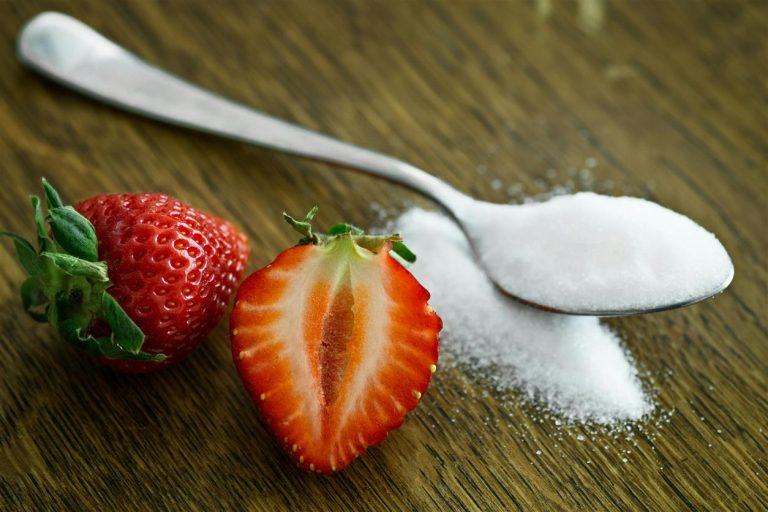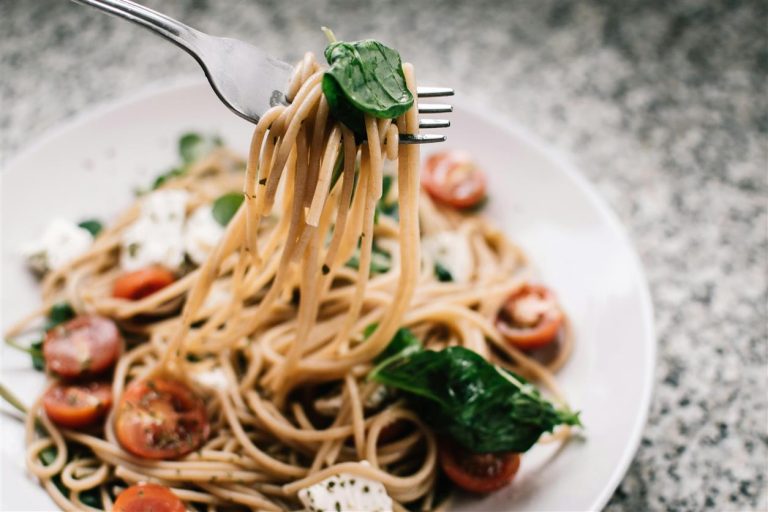
Scroll through TikTok for even a few minutes, and it’s clear: food content isn’t just popular—it’s driving real change in what, how, and why people eat. From quick recipe tutorials to viral taste tests, the platform has become a cultural force that transcends borders, demographics, and even professional expertise. It’s not just about food—it’s about identity, creativity, and community.
Over the last few years, TikTok has gone from a casual social app to a global tastemaker. While traditional media once dictated food trends through cooking shows and glossy magazines, now a single viral video from a home cook can spark supermarket sellouts, launch product lines, or shift global culinary conversations. But what exactly makes TikTok’s impact so distinctive?

The Algorithm as the New Tastemaker
Unlike traditional platforms that cater to existing followers, TikTok’s For You Page introduces users to creators regardless of prior engagement. This means that a first-time poster, cooking in a small kitchen with no formal training, can end up with a video seen by millions.
The result is a flatter food media landscape. No longer filtered through editors or producers, food trends emerge organically, often shaped by community feedback in real-time. Garlic confit, baked feta pasta, dalgona coffee, and butter boards weren’t born in test kitchens—they went viral in everyday kitchens.
The Rise of the Amateur Chef
Perhaps TikTok’s biggest shift is the mainstreaming of amateur cooking. There’s less pressure for polish and perfection. Instead, authenticity reigns. Users appreciate wobbly camera work, half-finished thoughts, and messiness in the kitchen because it feels relatable.
This realness encourages participation rather than just consumption. People don’t just watch food videos—they recreate them, remix them, critique them, and post their own versions. It’s cooking as conversation, rather than performance.
Culinary Cross-Pollination
TikTok has made global food more accessible than ever. From Mexican birria to Korean banchan, Filipino silog to Turkish gözleme, the platform invites users to learn about—and try—dishes they might never have encountered otherwise.
This widespread cultural exchange is not without its complications. Debates about cultural appropriation versus appreciation often surface, especially when traditional dishes are simplified or misrepresented. Yet, the exposure also opens doors for underrepresented cuisines and creators to reach new audiences, often leading to pride, recognition, and economic opportunities.
Shaping Consumer Behavior
The influence of TikTok on food purchasing habits is undeniable. A single viral post can cause an item to sell out overnight. Grocery stores have started labeling certain products as “As Seen on TikTok.” Kitchen gadgets—from electric milk frothers to vegetable choppers—go in and out of vogue based on what trends are circulating on the app.
Even food brands and restaurants have had to adjust. Some develop TikTok-friendly menu items or packaging specifically designed to photograph well or play well in a 15-second video. Fast-casual chains collaborate with influencers. Beverage companies adjust flavors to match popular trends. The platform isn’t just responding to demand; it’s driving it.
Fast Trends, Short Lifespans
The sheer pace of food trends on TikTok is unlike anything before. A dish might go viral, inspire hundreds of spin-offs, and disappear within weeks. The rapid cycle means that some trends are shallow or unsustainable, relying more on novelty than substance.
Still, even if short-lived, these moments reflect the collective curiosity and restlessness of a digital food community that thrives on experimentation. Whether it’s pancake cereal or “cloud bread,” the point is less about lasting change and more about shared experience.
Food as Identity
For many users, especially younger ones, food on TikTok is also about identity—personal, cultural, and aesthetic. What someone cooks, how they plate it, the music they choose, and the language they use all signal something about who they are.
In this way, TikTok becomes not just a recipe archive but a platform for storytelling. A video about how someone learned to make their grandmother’s soup is as much a narrative about family and memory as it is about ingredients. These layers give food videos resonance far beyond calories or techniques.
The Visual Aesthetic of Eating
TikTok’s format—vertical video, snappy edits, music overlays—has transformed how we visually represent food. There’s a premium on satisfying textures (think ASMR crunches, creamy pours, sizzling oil) and dramatic reveals (cutting into molten desserts or layering a giant sandwich).
This shift has also impacted how restaurants and home cooks present dishes. The goal is no longer just taste—it’s camera-readiness. Lighting, color, and motion matter. We’re eating with our eyes more than ever.

Potential Downsides
Not all effects are positive. The obsession with food content can fuel disordered eating patterns, or pressure people into unhealthy comparisons. There’s also concern about misinformation—nutrition advice, cooking safety, and food science are often presented without context or accuracy.
Moreover, food creators of color and those from marginalized communities often find their content co-opted or under-credited, highlighting ongoing inequalities in digital spaces, even ones as seemingly democratic as TikTok.
What Comes Next?
As the platform matures, some food creators are building businesses off their TikTok fame—cookbooks, pop-ups, cookware lines. Others use it as a stepping stone into professional kitchens, media deals, or educational platforms.
Meanwhile, the algorithm continues to evolve, favoring different content styles and niches over time. Whether long-form tutorials, live cooking sessions, or behind-the-scenes restaurant videos rise next, one thing is clear: TikTok is no longer just a place to share dances or memes. It’s become a primary arena where food culture is created, debated, and reimagined.
A Cultural Shift, Not a Fad
The influence of TikTok on global food culture isn’t a passing phase—it marks a deeper transformation in how people relate to cooking and eating. It collapses distance between cultures, elevates voices outside of traditional food media, and makes the act of preparing food more participatory.
In this new digital kitchen, anyone can be a teacher, a student, or both. The future of food isn’t just in restaurants or recipe books—it’s in the scrolls, swipes, and stitches of TikTok.
4o






